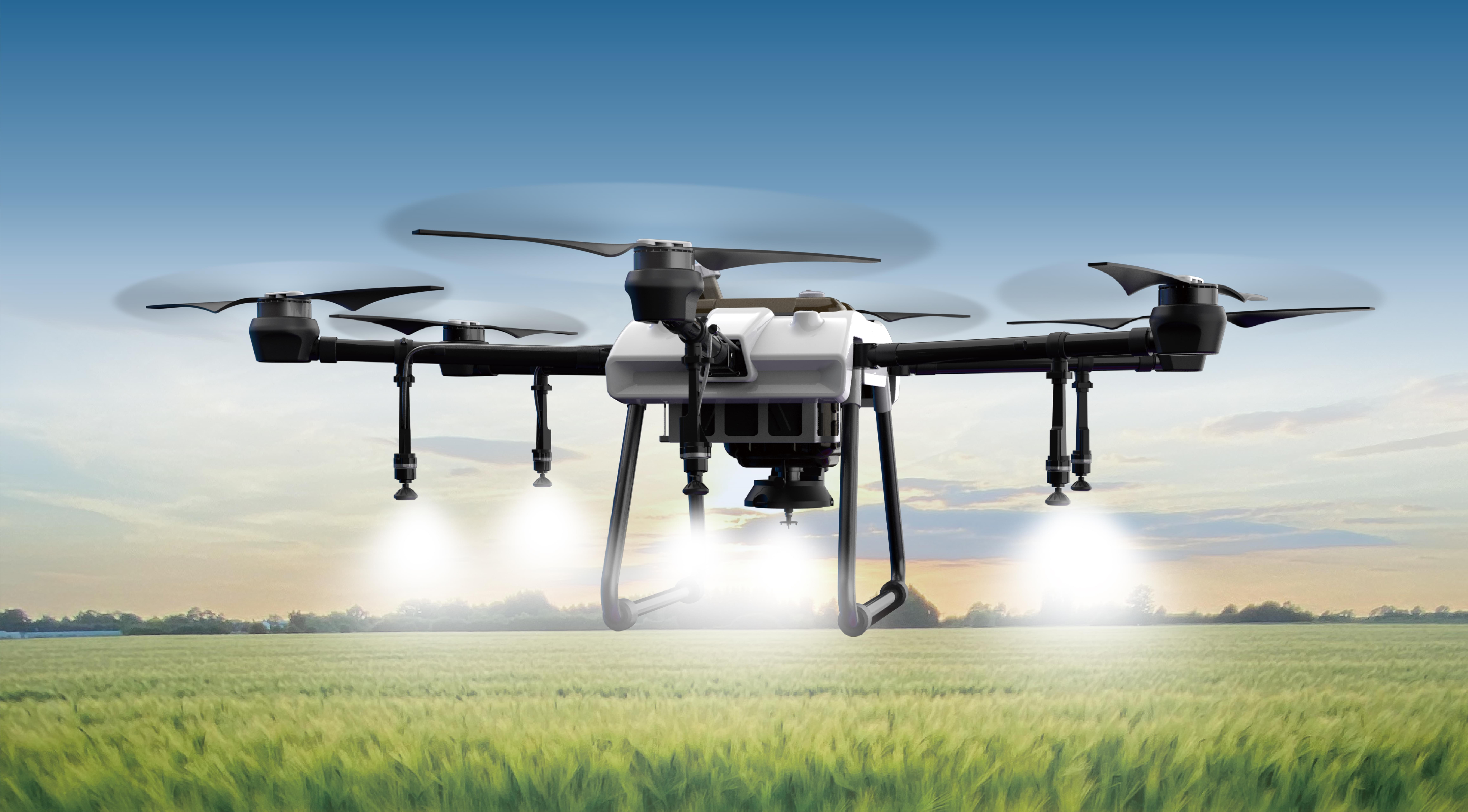Ever wondered how those tiny robotic arms or smart gadgets move with such precision? It's often thanks to a little marvel called a servo motor. And for those diving into DIY projects, robotics, or automation, understanding how to harness an Arduino with a servo motor opens up an entire universe of possibilities.

Think of the servo as the trained muscle of your project—it knows how to rotate to a specific position when given a signal. No more guessing games, no more fuzzy movements. Just crisp, reliable motion. But here's the thing—getting it to obey the commands you want isn't just plug-and-play. It’s a dance of code and hardware, where each step matters.
When you look at an Arduino servo motor setup, what catches your eye? Perhaps the compact size, the straightforward wiring, or the way it moves smoothly when programmed correctly. With the right code, a servo can turn to an exact degree, step by step, or even perform complex sequences. All it takes is a bit of understanding about signal pulses and timing. The pulse width determines where the servo points, and that’s where the magic of coding kicks in.
Say you want a robotic arm to pick up a small object—what would you need? Precisely controlled movement, a reliable power supply, and a good code sketch. Fast, accurate, and smooth movements are achievable if you choose the right servo motor. High-quality servos maintain torque even under load, and some are designed for continuous rotation—imagine the possibilities!
Now, some questions come up all the time. Is it hard to learn? Nope. If you've used an Arduino before, adding a servo is like adding a new brush to your palette—simple but powerful. Want to control multiple servos? Just connect them to different pins, and adjust your code accordingly. What about the power supply? A separate power source often keeps everything running without hiccups—especially if you’re controlling several motors at once.
Getting into the specifics: a typical code snippet involves including the Servo library, attaching the servo to a pin, and then commanding it to angles with straightforward functions. It’s as if you're telling your project, "Hey, turn to 90 degrees," and it obeys without fuss. It’s one of those satisfying moments when everything clicks.
What if you want to make a gadget that responds to sensor input? That’s where the real fun begins. Combine the servo with sensors—ultrasound, touch, light—and watch your creations come alive. It’s about experimenting, tweaking angles, adjusting code, and watching your ideas animate.
Ultimately, the combo of Arduino with a servo motor unlocks a level of control that’s accessible yet powerful. No need for complex machinery or exotic gear. It’s simple, effective, and ready for whichever project you throw at it. Whether you’re building a waist-high robotic hand or a mood light that moves with your touch, this combo makes it doable.
Ready to jump in? The hardware is affordable, the code is user-friendly, and the results are impressively professional-looking. That’s what makes it such a darling among hobbyists and pros alike. Keep experimenting, keep pushing boundaries—your next big idea might just be a servo away.
Established in 2005, Kpower has been dedicated to a professional compact motion unit manufacturer, headquartered in Dongguan, Guangdong Province, China. Leveraging innovations in modular drive technology, Kpower integrates high-performance motors, precision reducers, and multi-protocol control systems to provide efficient and customized smart drive system solutions. Kpower has delivered professional drive system solutions to over 500 enterprise clients globally with products covering various fields such as Smart Home Systems, Automatic Electronics, Robotics, Precision Agriculture, Drones, and Industrial Automation.




































